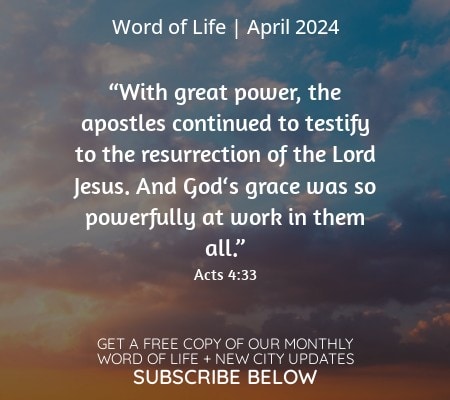In the August 31, 1968 issue of America, the magazine of the U.S. Jesuits, the Protestant scholar of religion (and observer at Vatican II) Martin E. Marty intervened in the debates on the implementation of the reforms of the council with an article on the issue of “overzealous Catholic renewalists.” The article’s title was “A Warning to Catholic Extremists.”
Much of that article could be republished today about renewal in the Catholic Church in general, but it resonates in a particular way with the ongoing conversation on synodality. This article follows in the footsteps of the five points Marty proposed, and, in good part, adapts Marty’s pointed article published fifty-five years ago to today’s debate on synodality and the “synodal process,” the most important moment in the life of the Church since Vatican II.
1. Synodality is not all-or-nothing thinking.
Synodal reform of the Church is renewal (in some cases, removal) of the obsolete. It’s not indiscriminate destruction; it is a delicate art, more than a science. This has consequences on the chances of synodality for the whole Church, but also at the individual level. When the expectations of Catholic advocates of synodality are unrealistically high, this can easily result in disappointment leading to the removal of themselves from the Church. This happens sometimes when see ourselves as more renewable/reformable, or already renewed/reformed, than the Church.
2. Synodality is not romance with the world.
Synodality is a retrieval of traditional practices, style, and structures of dialogue and decision-making — the synods — that in the last few centuries were forgotten in favor of a hierarchical and clerical model. But synodality is also a way of engaging with the complexity and ambiguities of modernity and post-modernity. This new way of engaging must reject belligerent, “culture-war” tactics, but it must also rediscover a clear-eyed, non-naïve, and dialectic approach to our world. The gap from the world of Vatican II in the 1960s to today overlaps with the gap from the 1960s’ temptation of building a utopia to today’s temptation to give in to dystopia. Synodality is an exercise in hope, not in optimism.
3. Synodality is not a revolution.
Sometimes revolutions are necessary, as a last resort. But in Church history, the way of change has always been and probably still is reform, development, and renewal. Revolutions work by dynamics that, even when raised to the metaphorical level (a symbolical, theological, spiritual revolution, not a violent, armed revolution), are contrary to the spirit of Jesus: revolution requires violence, makes victims, is about winners and losers, and tends to trigger reactionary instincts that work against healthy change. This idea of Church change as revolution does not come anymore from nineteenth and twentieth-century political ideologies, but from the two-party mindset that has become part of the cultural DNA, where everything is a contest or a choice between two — and only two — options that are mutually exclusive and where each side is tempted to excommunicate the other and win. Synodality works instead through spiritual conversation, conversion, persuasion, and communal discernment.
4. Synodality is not premature resolution.
Movements of renewal and reform in Church history were always born in decades of response to the momentous cultural and social change with which the Church had to deal: this was true for the movements of reform in the sixteenth century as well as the nouvelle theologie in the twentieth century. Church renewal must take into account these momentous cultural and social changes, but must also discern their meaning in light of the Gospel, giving the time the Church needs as a whole — not just the hierarchy or theologians, but also the people of God. A certain extremism of Church change tends to forget that real change takes time. Projects of reform cannot be based on assumptions about the form and shape the Church of the future should take but must be connected with the form and shape the Church has today.
5. Synodality is not representation of personal problems.
Synodality is about us, not just me. The subject of the faith is “we,” not “I.” It’s an “I” that exists, in biblical and theological terms, not because it speaks; it exists because it has been spoken to. The listening component of synodality must take seriously the singularity of personal perceptions, feelings, and experiences. But theologically and spiritually, synodal discernment must transcend the exclusive individual focus. It’s the polyphony enriching the limited horizon of one’s own self. This operation requires certain precautions, but this is where synodality is not just a step toward a shared sense of the Church. It is also a response to our identity politics. Synodality expands our horizons, from a self-tailored journey to a communal one, in the one human family.
Massimo Faggioli
(Living City, USA)




